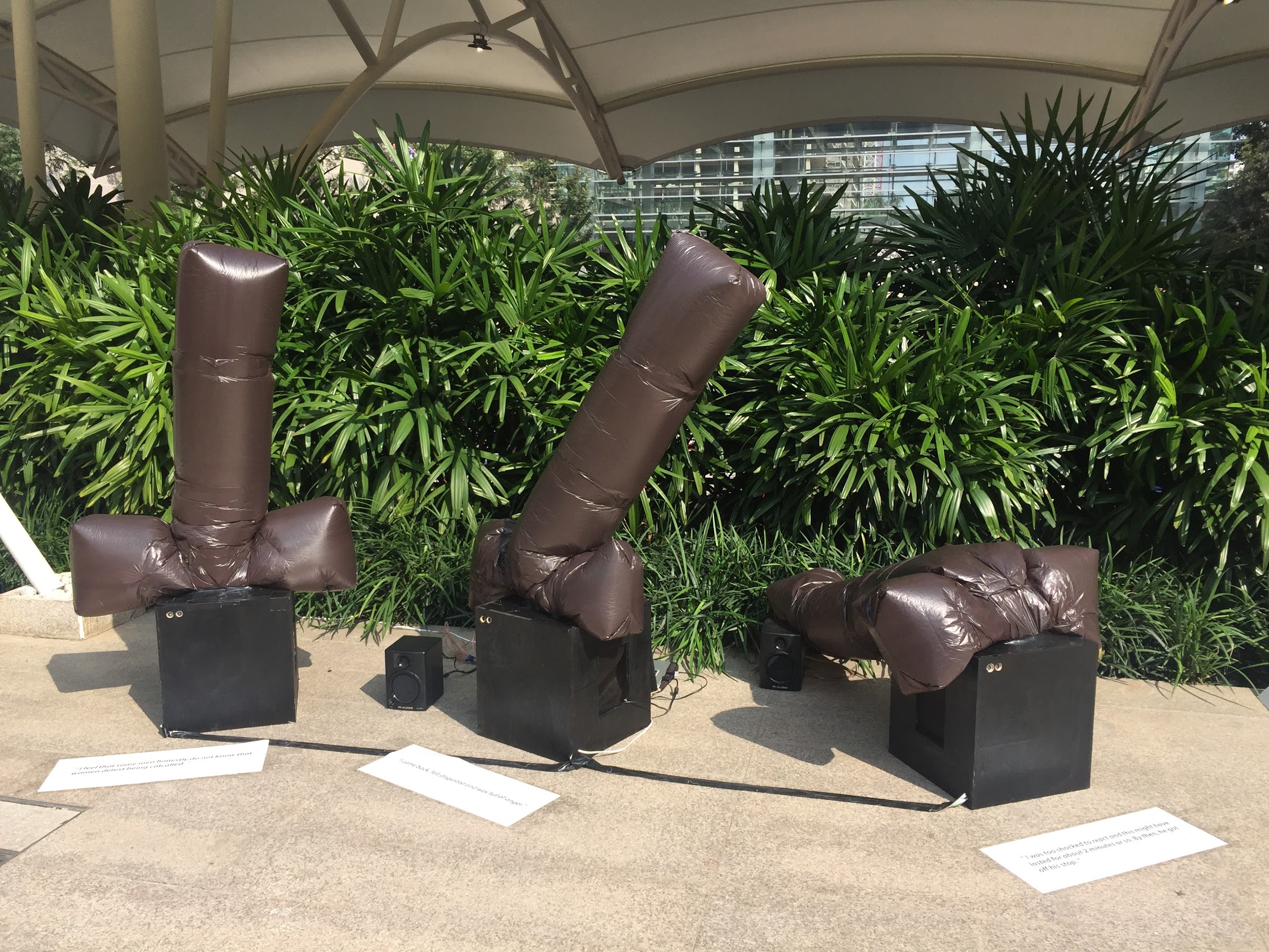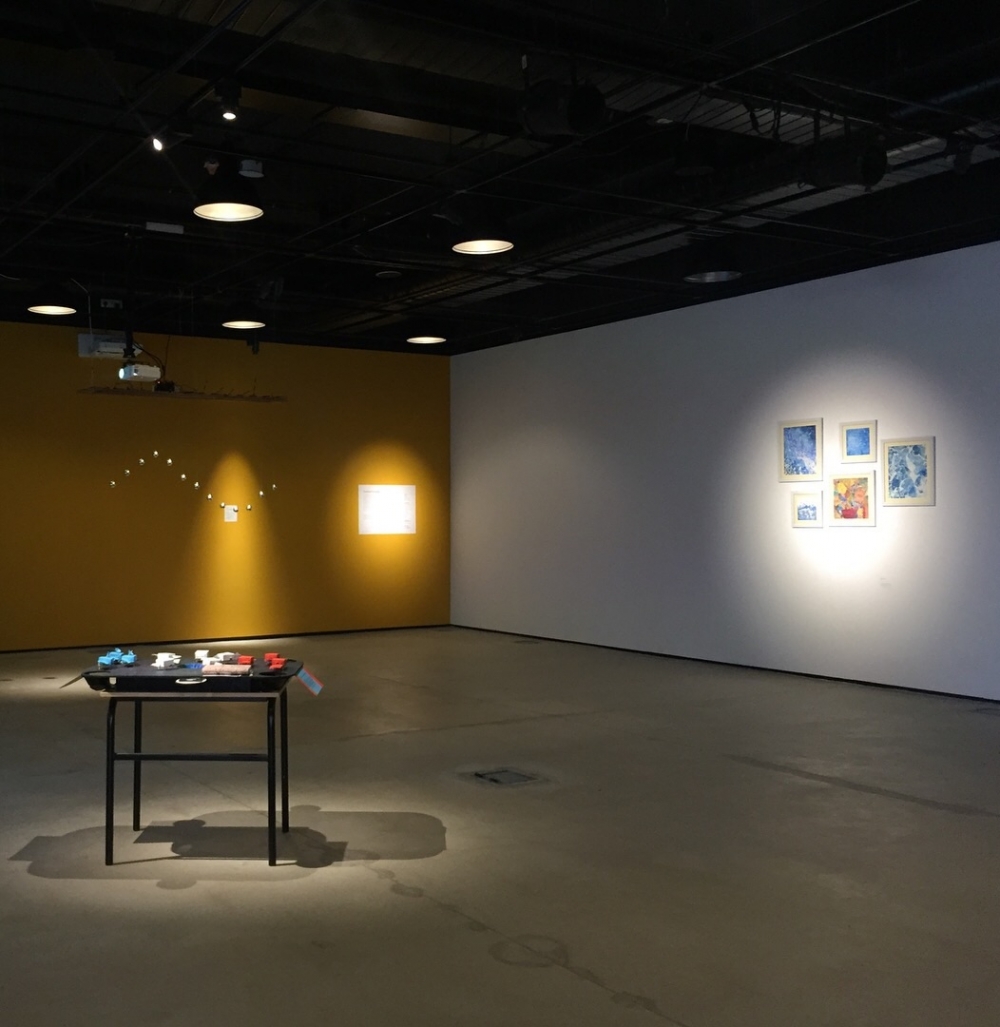Visualizing The Invisible | Text in PDF
During the Interim workshop Visualizing The Invisible, we endeavored to look at natural phenomena (namely time, water, magnetic fields and wind) with a fresh perspective and learn from the invisible cues that Nature gives us. How can we visualize time other than by the numbers on a clock? What does the earth’s changing magnetic field mean to humankind in this era? What is the shape of water? Can transient wind speak about issues we are facing daily? Through the collective efforts presented here, participating artists visualize, in various forms, the rather unseen aspects that Nature shows us.
One group of artists create emotional responses to Nature; they ask questions about who we are, based on how we interpret time, and remind us that time is not a subject quantifiable one way or the other. Another group of artists visualize the form and beauty that Nature creates; they respond to invisible sound waves in the form of kinetic art. They also share their fascination with natural forms created by water. The final group of artists take an active look at our society with the perspective they gained through their encounter with Nature; they state political yet humorous commentary on the status of ignorance and hostility in a science fiction board game, and they bring up the issue of eve-teasing by making us experience its vulgarity face to face.
All created, inspired by Nature.
Background
I conducted a month-long workshop at Srishti Institute of Art, Design and Technology in India during their interim semester in 2017. The workshop title was Visualizing The invisible. It was run with the intent of revealing rather unseen aspects that Natural Phenomena teaches us. I collaborated with Srishti Faculty Sujata and 15 undergraduate students in their 3rd year, and we produced a group exhibition of 6 different student art projects.
Workshop Structure
First one and half week, we experimented with physical and scientific characteristics of time, water, magnetic fields and wind. We took a look at how artists have taken inspiration from these phenomena and translated them into their projects. We conducted a series of in-class experiments based on this learning. (Some of the experiments can be seen here) Next two and half weeks were spent on the site study of the exhibition venue (public space and a gallery at RMZ Ecoworld), design and production of the artwork.
– Collaborator: Sujata Ramesh Pudale
– Student Artists: Anupa Ann Joshy, Aparajita Dinesh Patil, Mili Bajaj, Nithya Balakrishnan, Poorva Radhe Goel, Pragya Sinha, Ranjani Shantanu Tavargeri, Rhea Rajesh, Ritvik Khushu, Rohan Manohar, Shireen Khatri, Sirjana Kaur, Swetha Ramachandran, Vedika Kasat, Yash Jain, Yastika Prakash Shetty
– Special Lecture: Hyomin Kim (Online video lecture and q&a)
Projects | Description in PDF
Aawaz by Anupa Ann Joshy, Aparajita Dinesh Patil, Pragya Sinha, Nithya Balakrishnan, Rhea Rajesh, Swetha Ramachandran
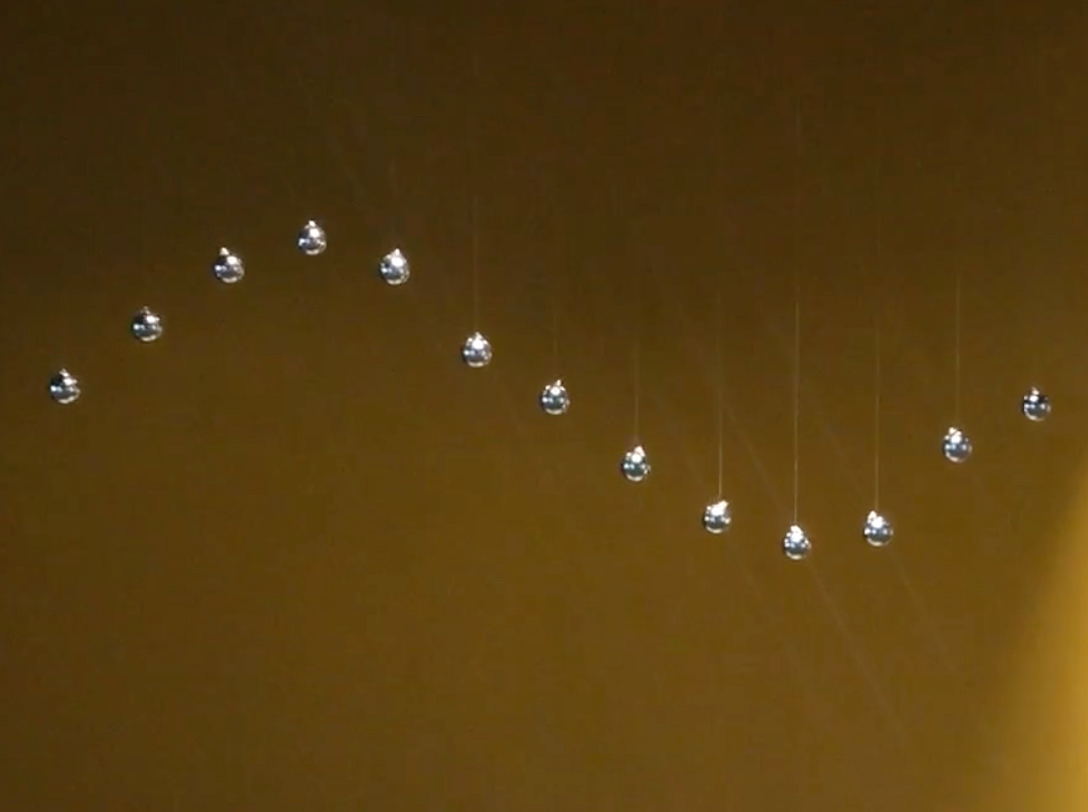
Who Are We? by Sirjana Kaur
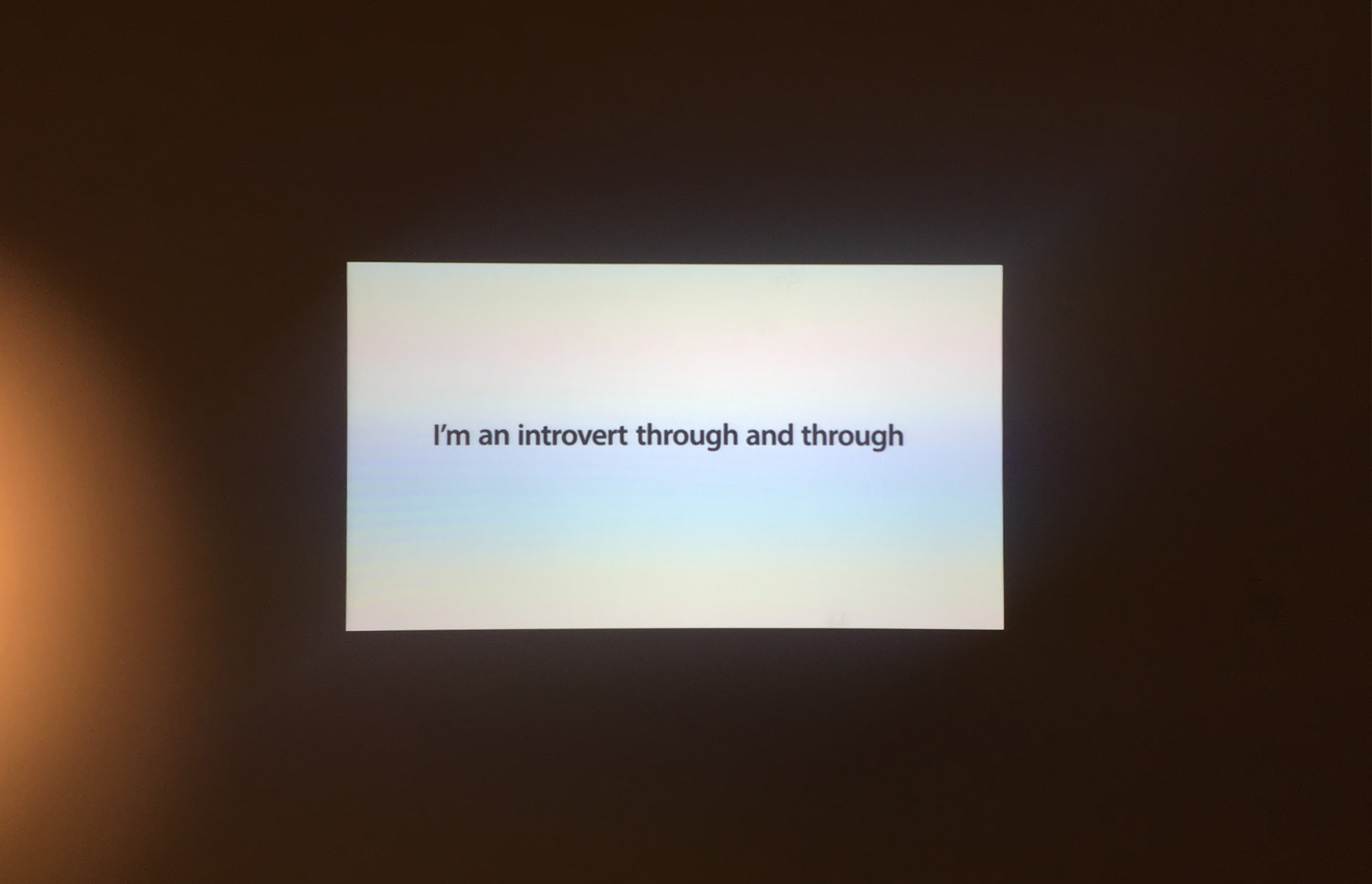
Interlude by Shireen Khatri
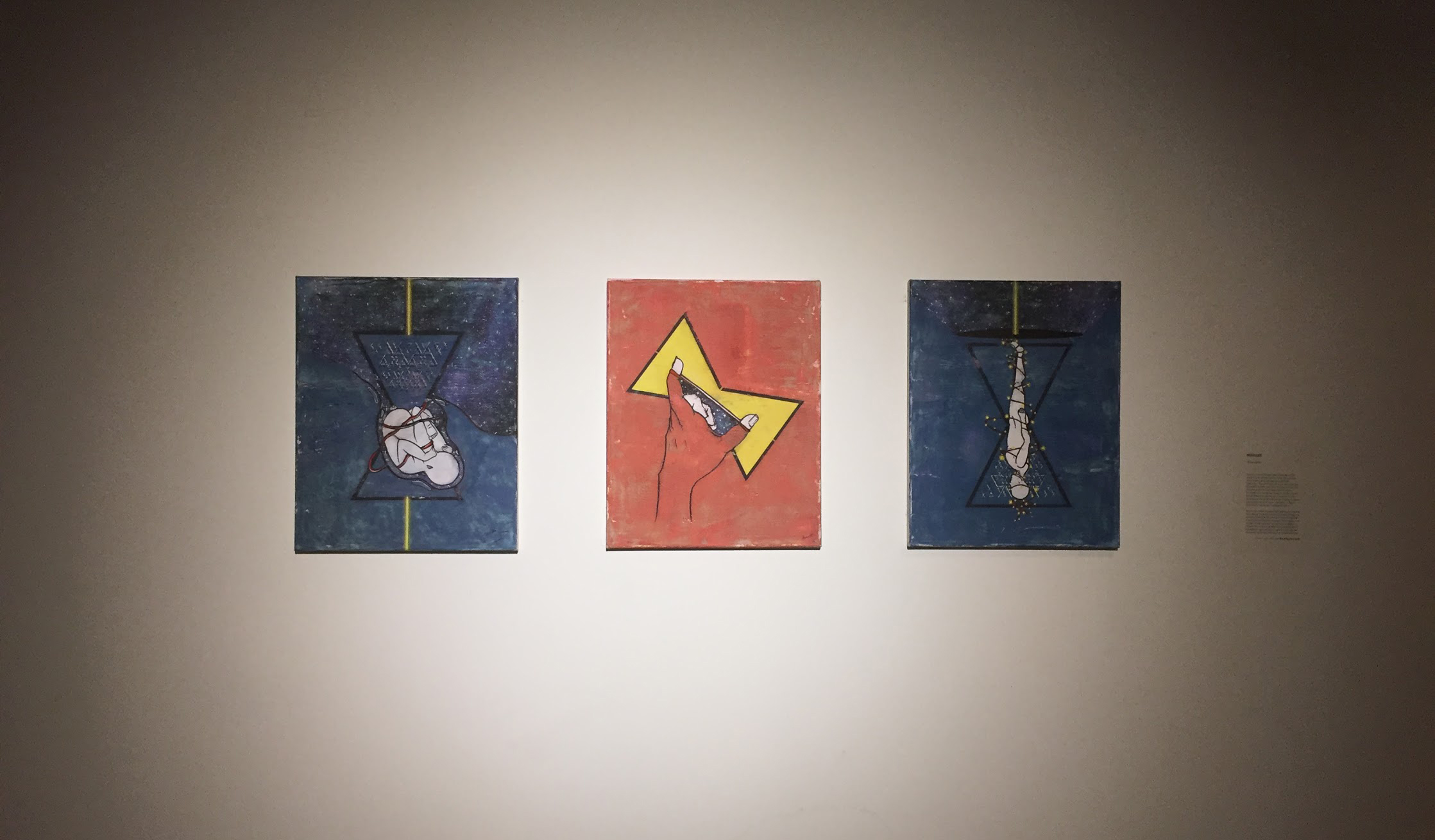
Patterns In Water by Mili Bajaj
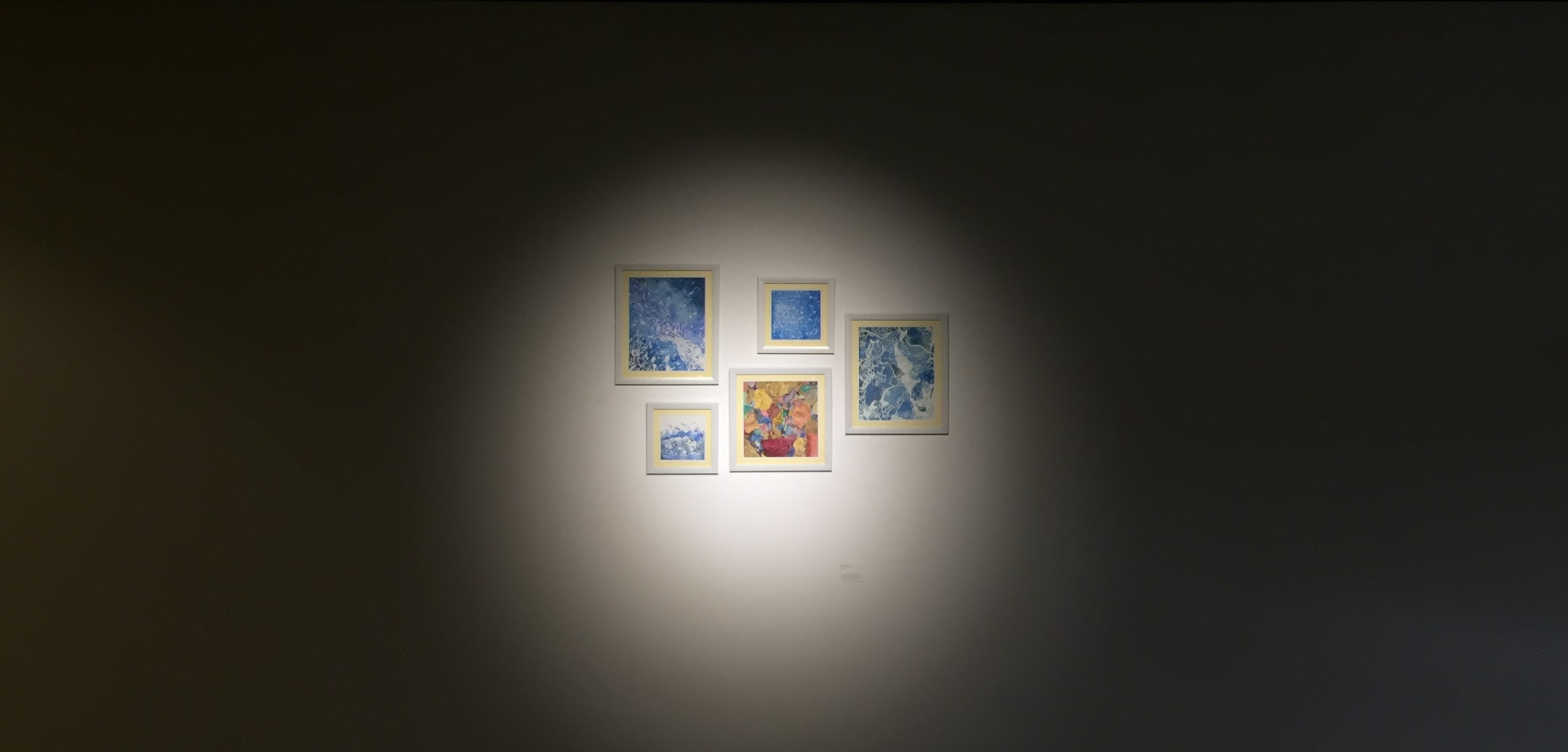
6 Ways to Kill a Man by Yash Jain, Yastika Shetty
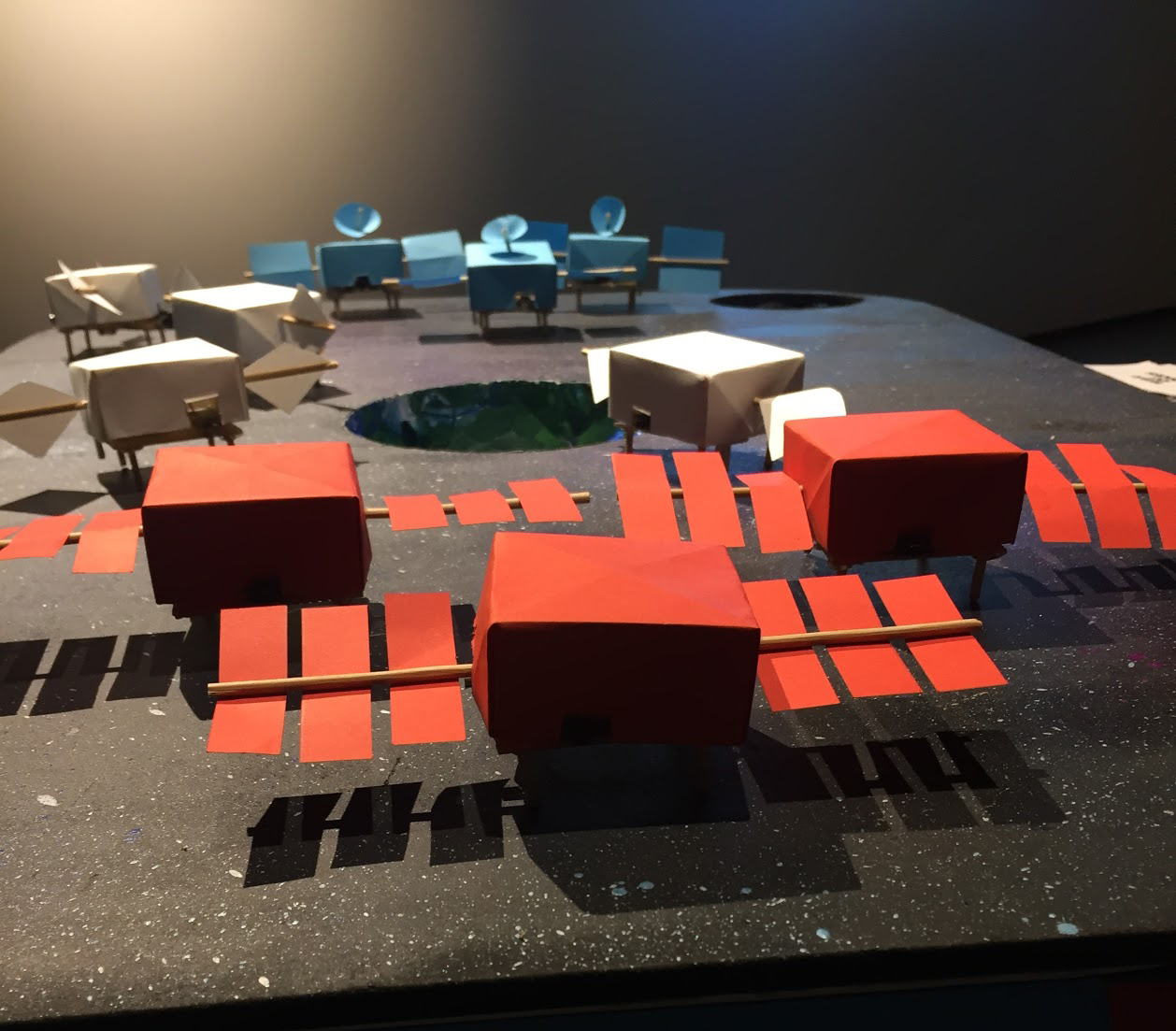
Keep It In Your Pants by Poorva Goel, Ranjani Shantanu Tavargeri, Ritvik Khushu, Vedika Kasat
